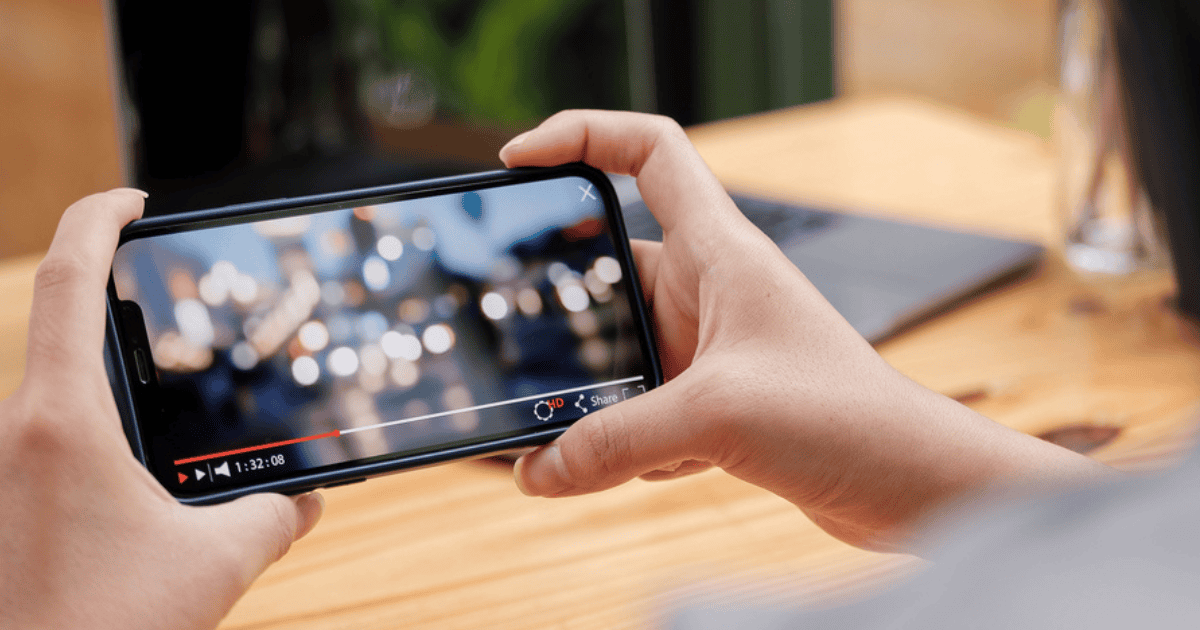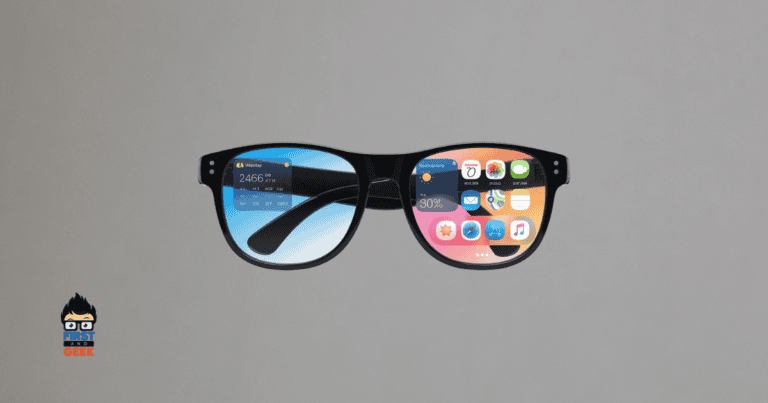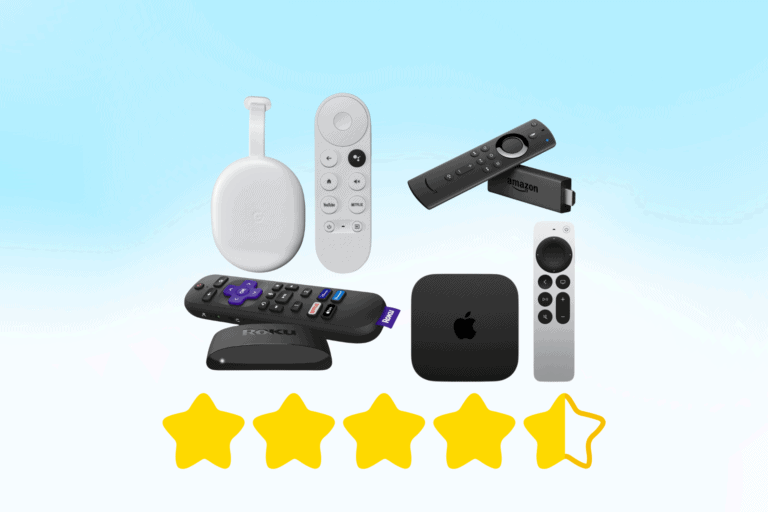In today’s world, streaming content is one of the primary ways we consume entertainment. However, with data caps and overage fees, the cost of streaming can quickly add up. Balancing quality with affordability has become a key concern for users who want to enjoy their favorite shows and music without racking up huge data bills. Fortunately, there are practical strategies you can implement to cut data usage and enjoy content without compromising your budget. In this guide, FirstandGeek takes you through a variety of methods to help you optimize your data consumption while streaming. From adjusting video quality to taking advantage of eSIMs, you’ll find ways to stretch your data further and keep your costs low.
Optimizing Data Usage for Streaming
Streaming content can be data-intensive, but there are several ways to reduce consumption without sacrificing the quality of your entertainment.
1. Use Wi-Fi Whenever Possible
The simplest and most effective way to reduce mobile data usage is by using Wi-Fi for streaming. Whether you’re at home, at a coffee shop, or in a public space, take advantage of Wi-Fi networks to download and stream your favorite content. This prevents overage fees from cellular data usage, allowing you to save mobile data for times when Wi-Fi isn’t available.
2. Adjust Streaming Quality
Many streaming platforms offer users the ability to adjust video and audio quality. Opting for Standard Definition (SD) rather than High Definition (HD) can dramatically reduce data usage. For example, streaming a movie in HD uses around 3GB per hour, while SD consumes just 1GB per hour. Music streaming services like Spotify also allow users to adjust audio quality, further reducing data consumption.
3. Download Content for Offline Viewing
Take advantage of the offline viewing features on platforms like Netflix, Disney+, and Spotify. Downloading content while connected to Wi-Fi ensures you can watch your favorite shows or listen to music without using mobile data. This is especially useful for those who frequently travel or live in areas with limited network coverage.
Streaming Quality and Data Management
Streaming at higher video resolutions, such as 4K or 1080p, uses significant amounts of data. If you’re watching content on a smaller screen, such as a smartphone, you can easily reduce the quality without affecting your viewing experience.
- Lower Resolution Options: Streaming services like YouTube and Netflix allow you to adjust the video resolution. Opt for 480p instead of 1080p or higher; this can cut data usage by more than half. For instance, 480p consumes around 264MB per hour, while 1080p can use 1.65GB.
- Set Streaming Quality Preferences: Most platforms have automatic adjustment features that tailor the video quality based on your internet connection. Manually setting the resolution to SD is a smart choice when streaming over cellular data.
Offline Viewing: A Game-Changer for Data Savings
Offline viewing is one of the most effective ways to save on data. With this feature, you can download content over Wi-Fi and watch it later without consuming any mobile data. Here’s how it benefits you:
- Avoid Unnecessary Data Use: Downloading movies and shows in advance ensures that you can watch them without relying on cellular data, which is perfect for long trips or commutes.
- Reuse Content: Once downloaded, you can watch the content multiple times without using any additional data. This is ideal for frequent re-watchers and parents who often play the same videos for kids.
Many platforms, including Amazon Prime Video and YouTube Premium, offer this option, providing more flexibility in how you consume media.
Mobile Data Management Tips
Managing your mobile data effectively can help you avoid overage fees and ensure that you’re using your data wisely.
- Monitor Your Data Usage: Use your smartphone’s built-in data tracker or download your carrier’s app to keep an eye on your data consumption. This helps you identify high-usage apps and make adjustments accordingly.
- Set App Updates to Wi-Fi Only: Many apps consume data when updating automatically. Make sure to set all updates to happen over Wi-Fi to save your mobile data for more important tasks.
- Disable Background Data Usage: Some apps consume data in the background, even when you’re not actively using them. Go to your phone’s settings and disable background data for non-essential apps.
Explore the Benefits of eSIM Technology
For frequent travelers or individuals looking to reduce their mobile data costs, eSIM technology provides a modern and efficient solution. With eSIM, users can activate affordable data plans in over 200 countries without needing a physical SIM card. Apps like Airalo allow you to purchase and manage eSIM plans seamlessly.
Key advantages of using eSIM for data:
- Lower Data Costs Abroad: Avoid expensive roaming fees by purchasing local data plans directly through your eSIM. This allows for affordable streaming while traveling.
- Multiple Plans: Easily switch between multiple data plans without swapping SIM cards, perfect for travelers who visit multiple countries frequently.
Specific Content Tips to Save Data
Different types of content require different data-saving strategies. Here are some targeted tips:
- For Video Streaming: Adjust the quality to 480p or lower for minimal data usage. Platforms like YouTube and Netflix make this easy with adjustable settings.
- For Music Streaming: Services like Spotify offer a Data Saver mode that reduces audio quality to extend your data. On a 2GB data plan, this setting can enable up to 47 hours of music streaming.
- For Live Streaming: Live content can be particularly data-heavy. Reducing the video quality or using Wi-Fi for live streams can help avoid unexpected data usage spikes.
Advantages of Saving Data
Employing data-saving techniques not only prevents overage fees but also provides several other benefits:
- Lower Monthly Bills: Reducing your data usage can allow you to downgrade to a more affordable mobile plan.
- Improved Battery Life: Lowering streaming quality reduces the strain on your phone’s battery, allowing it to last longer between charges.
- Enhanced Performance: Streaming at lower resolutions or using offline viewing can reduce buffering, especially in areas with poor network coverage.
Final Thoughts
In conclusion, being mindful of your data usage while streaming can lead to significant savings. By leveraging Wi-Fi, adjusting streaming quality, downloading content for offline use, and exploring eSIM options, you can enjoy all your favorite content without worrying about overage fees. These small changes can greatly improve your overall streaming experience while keeping your monthly costs in check.






